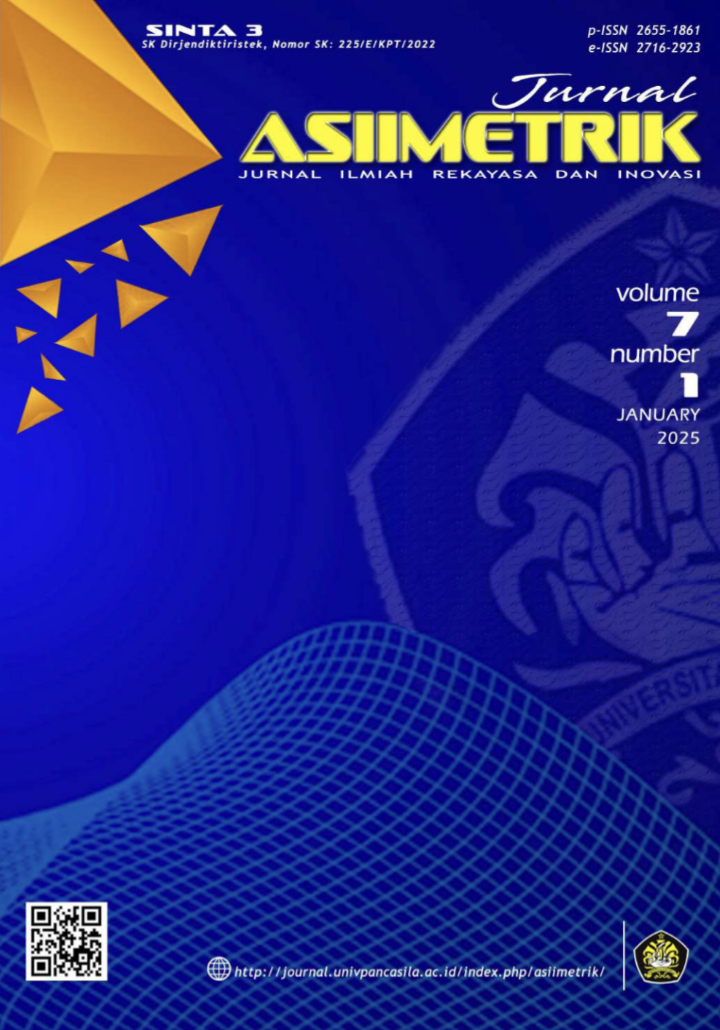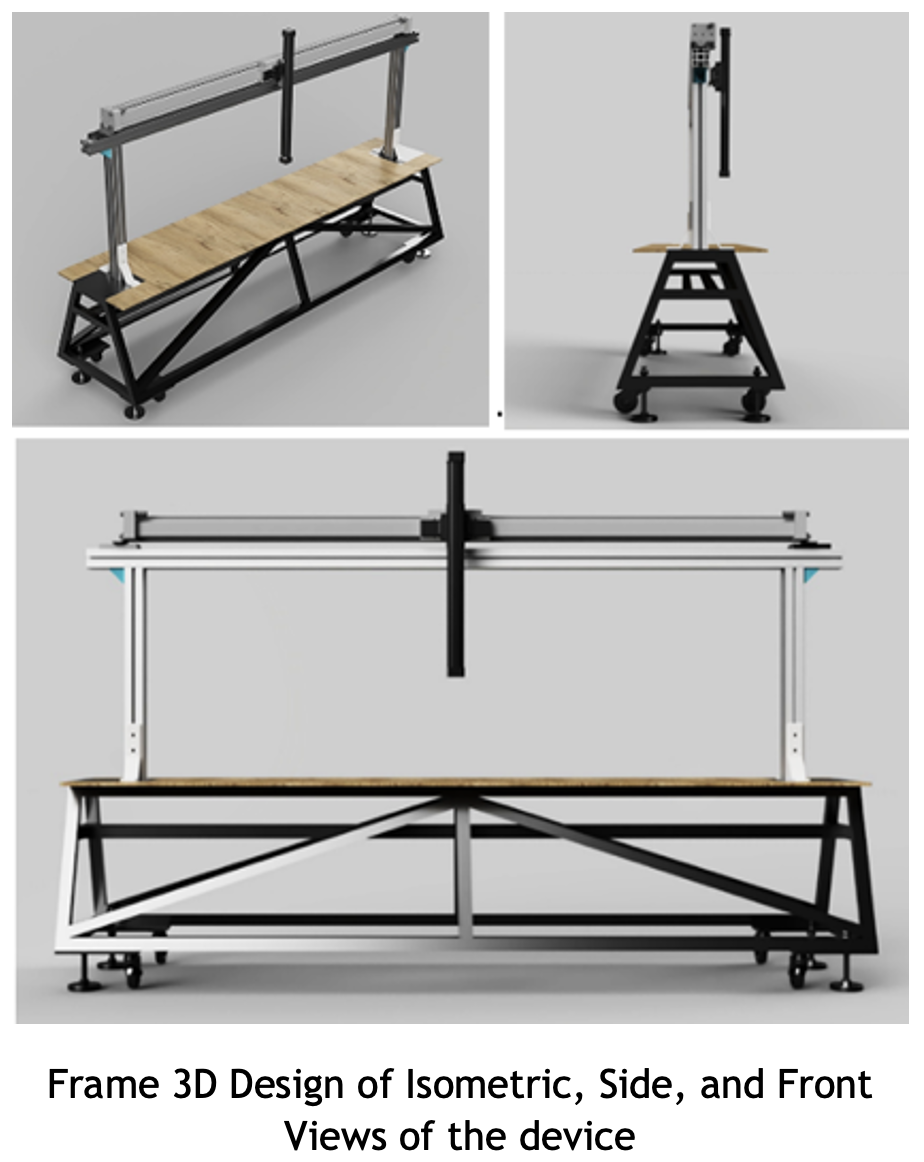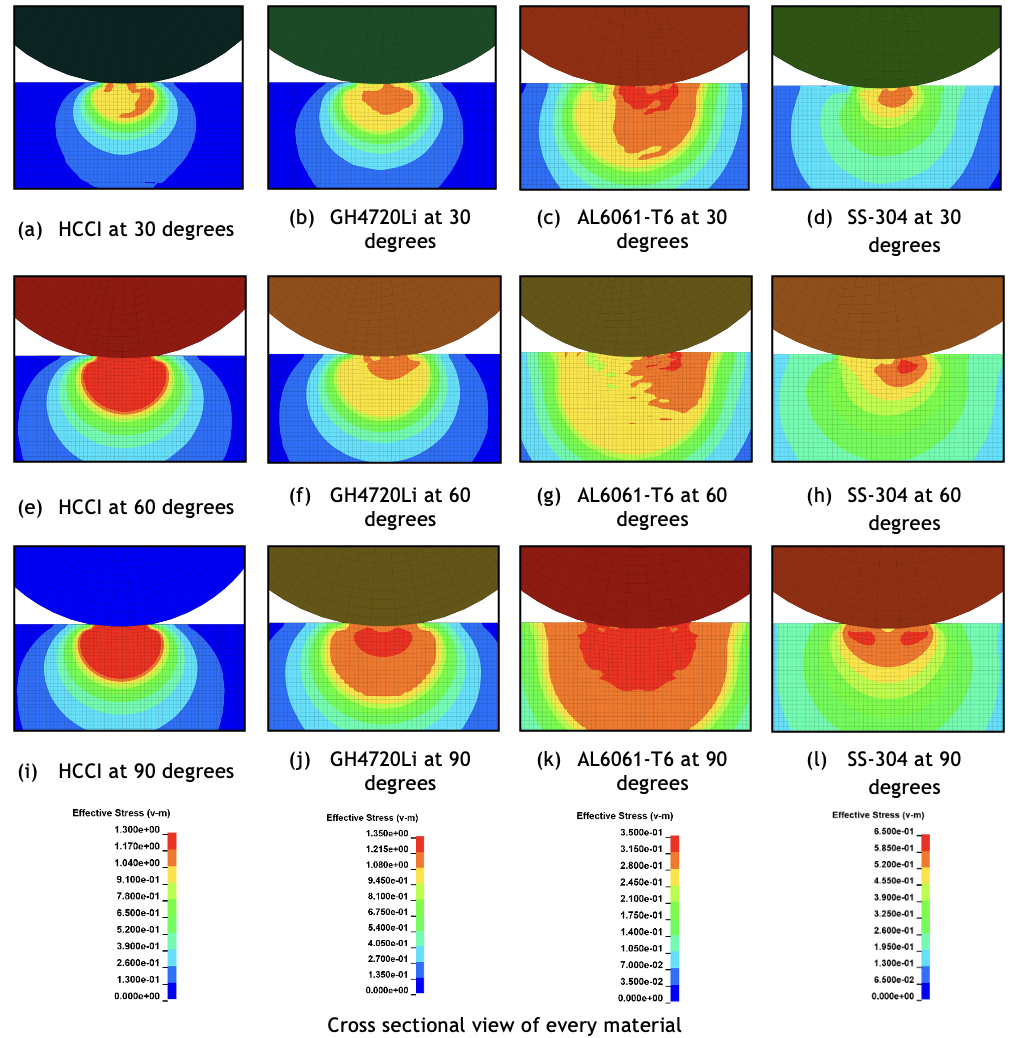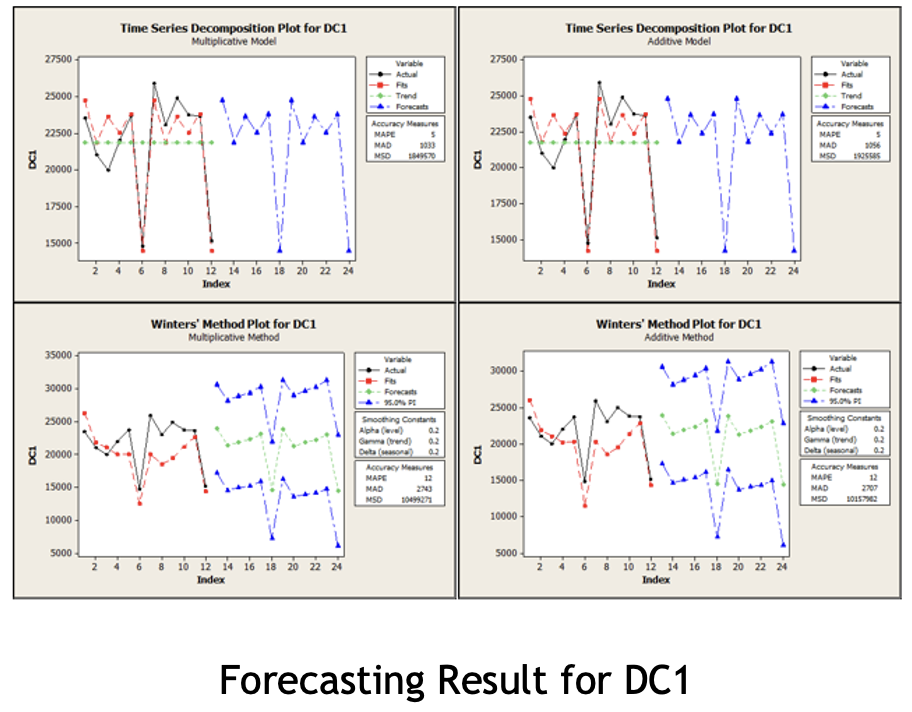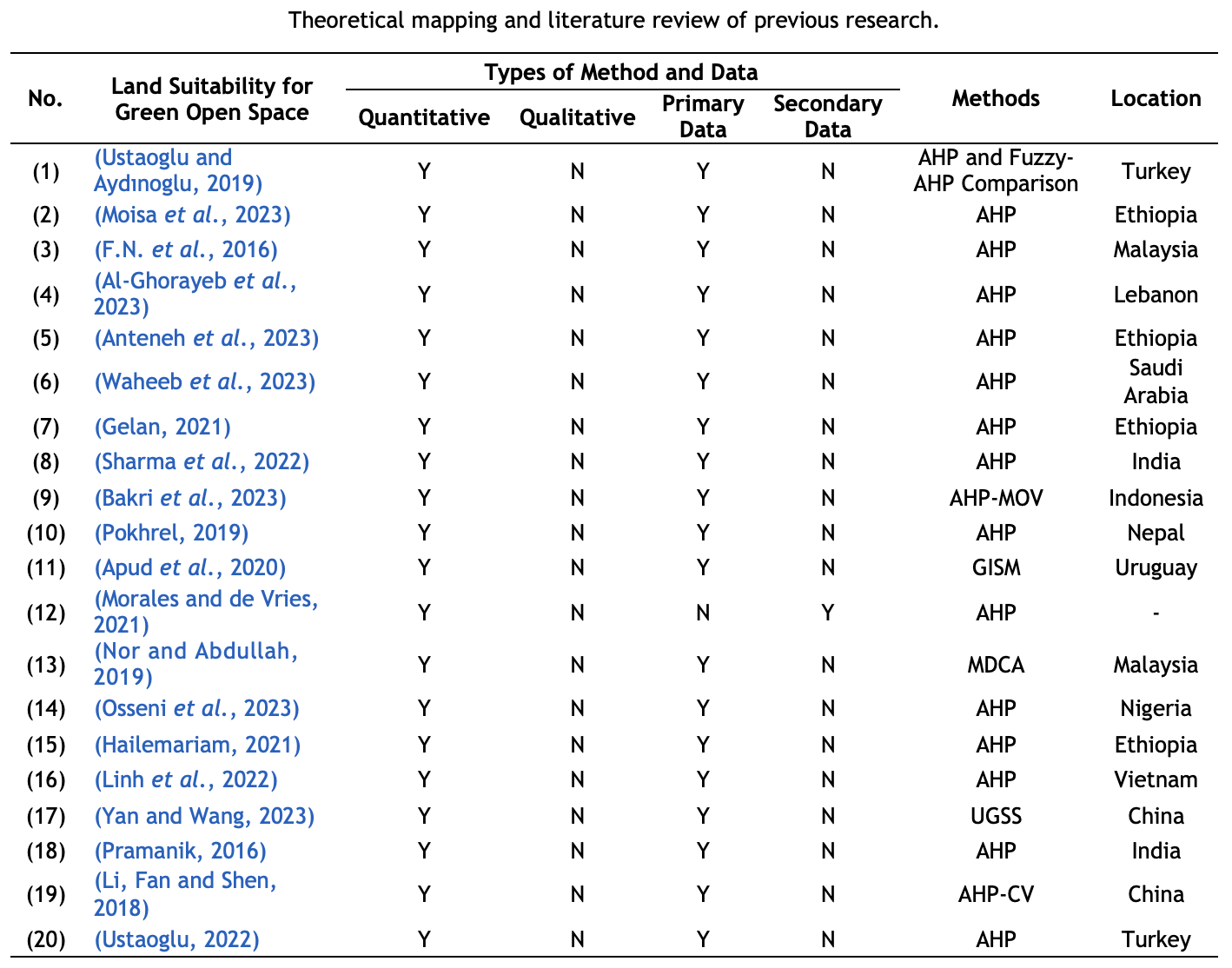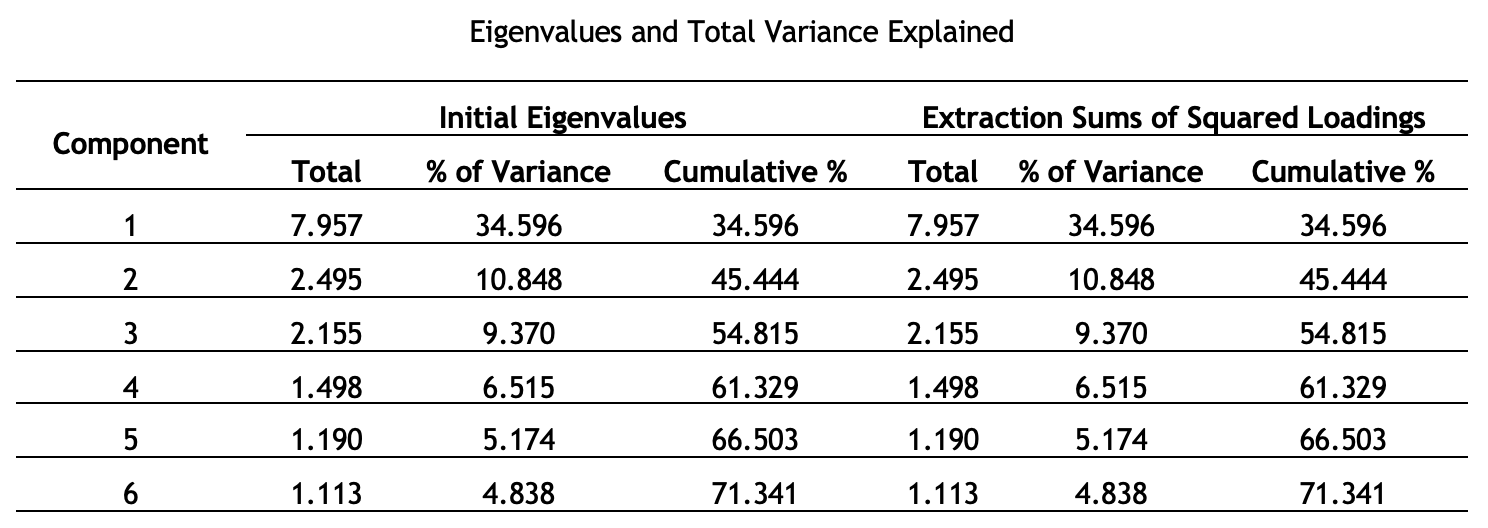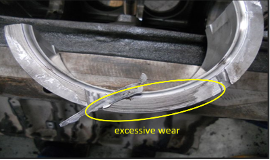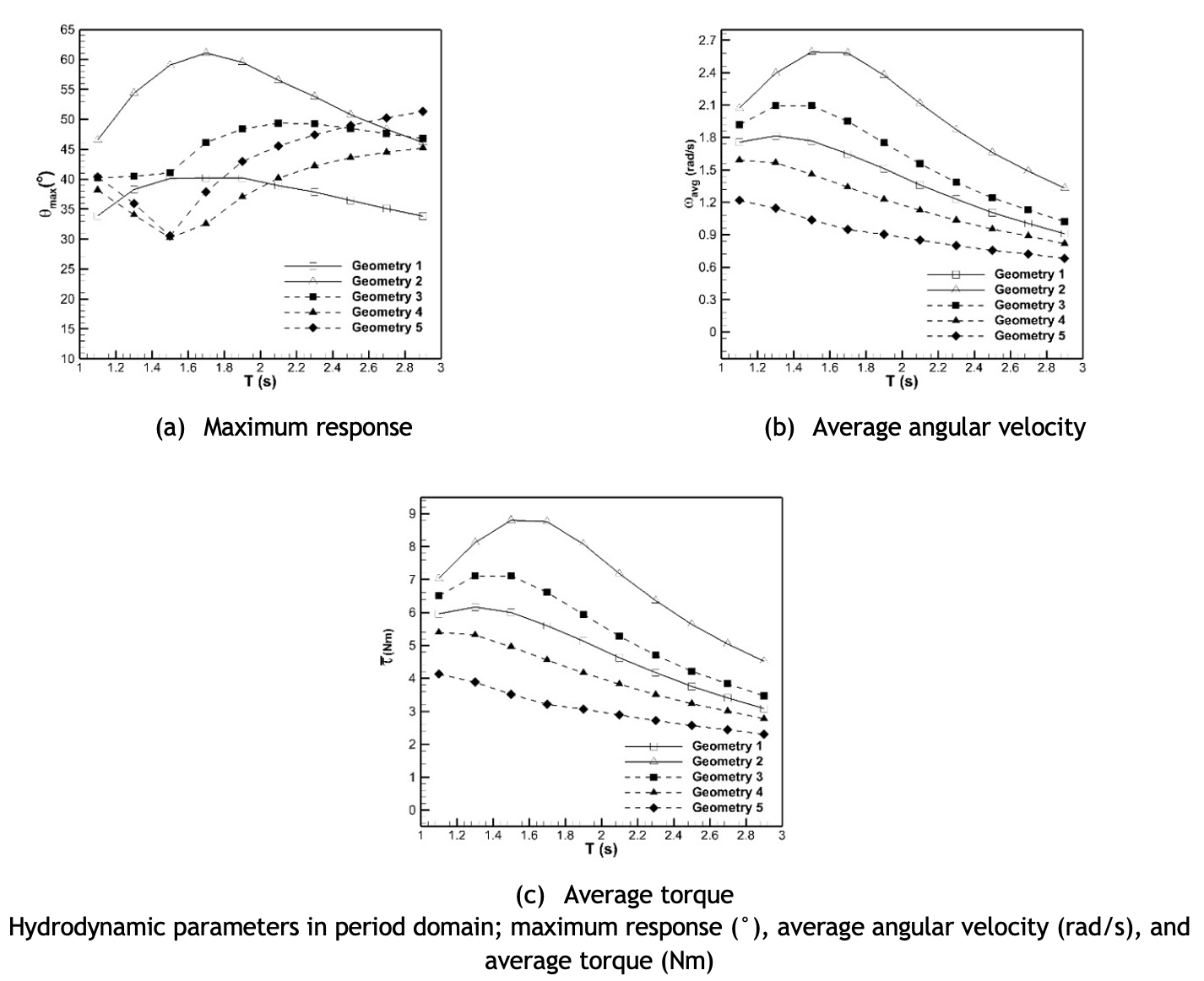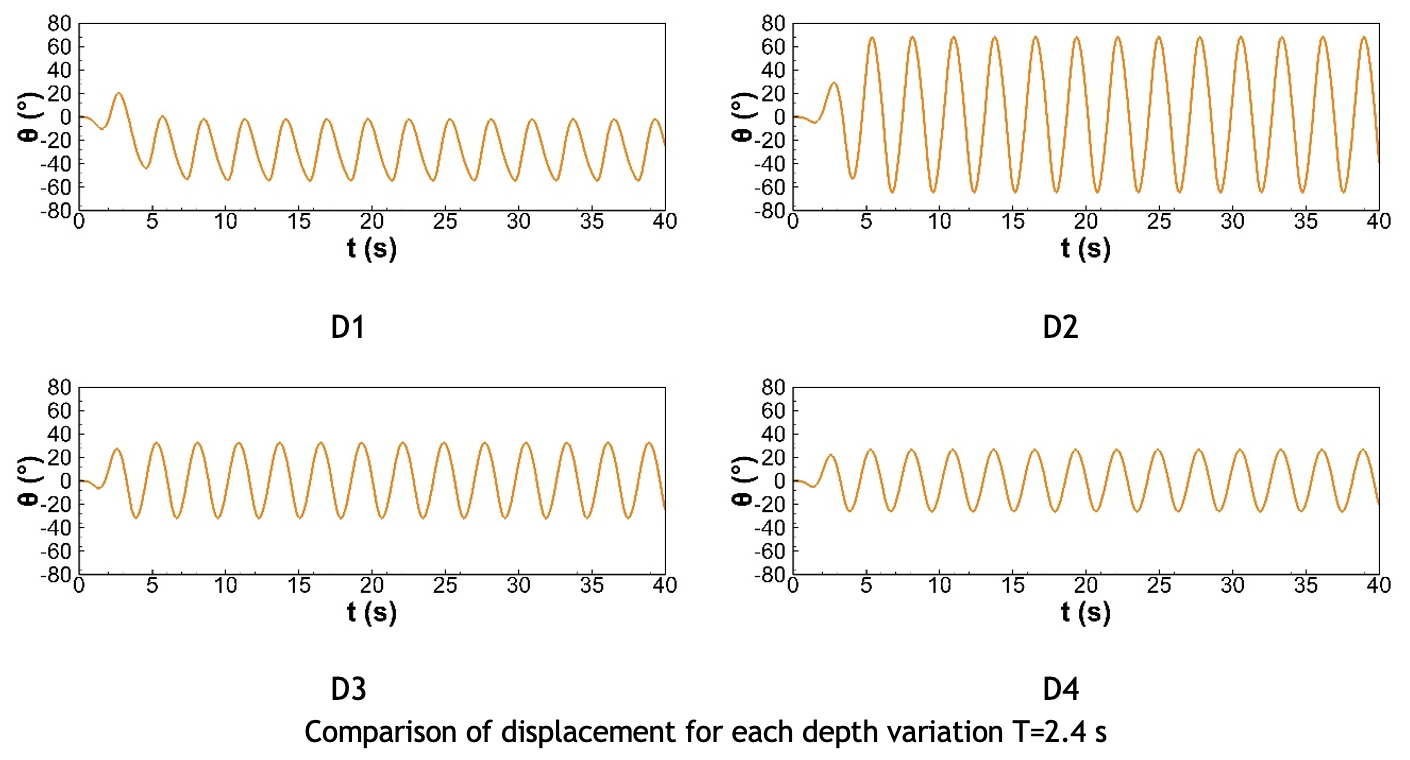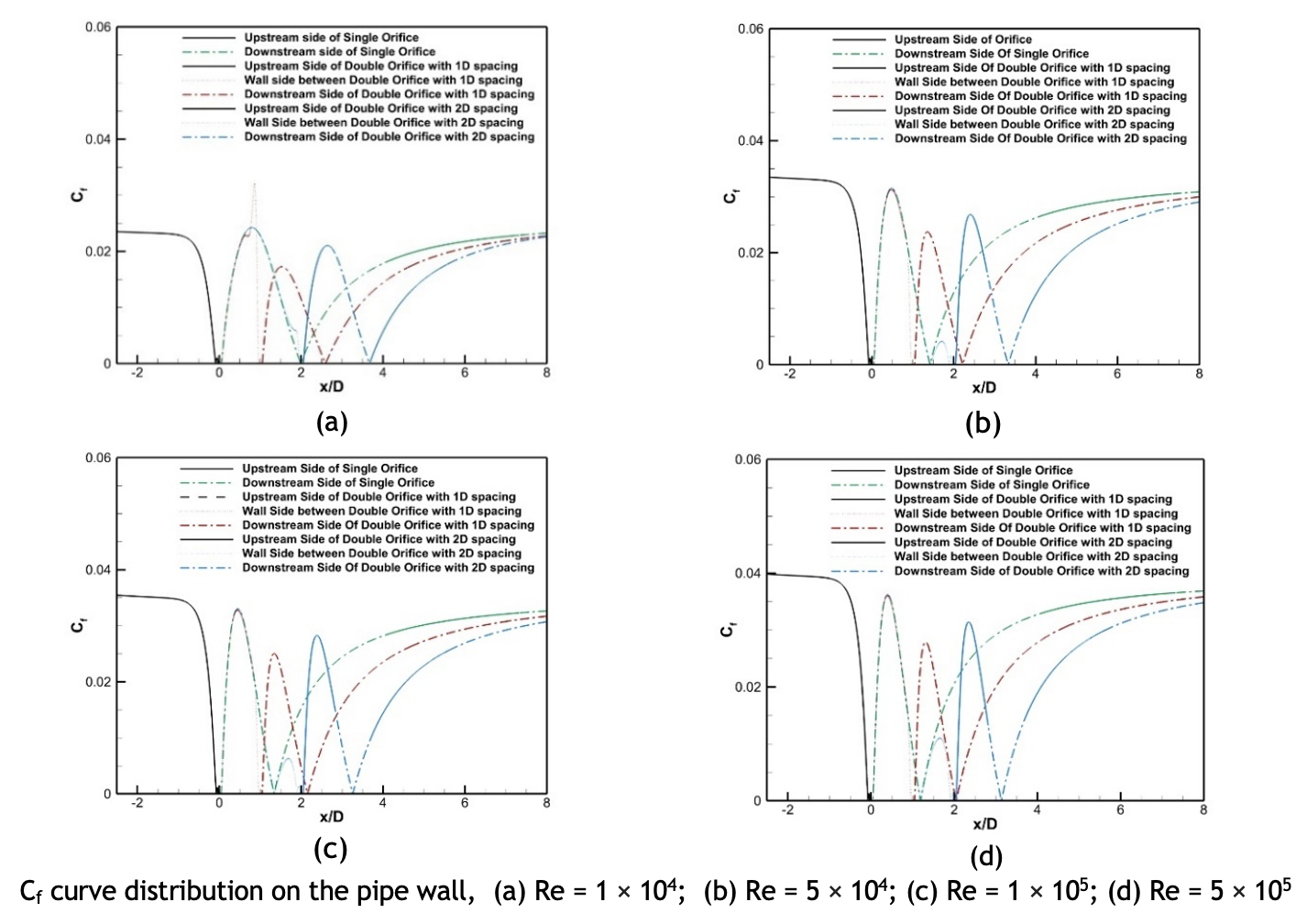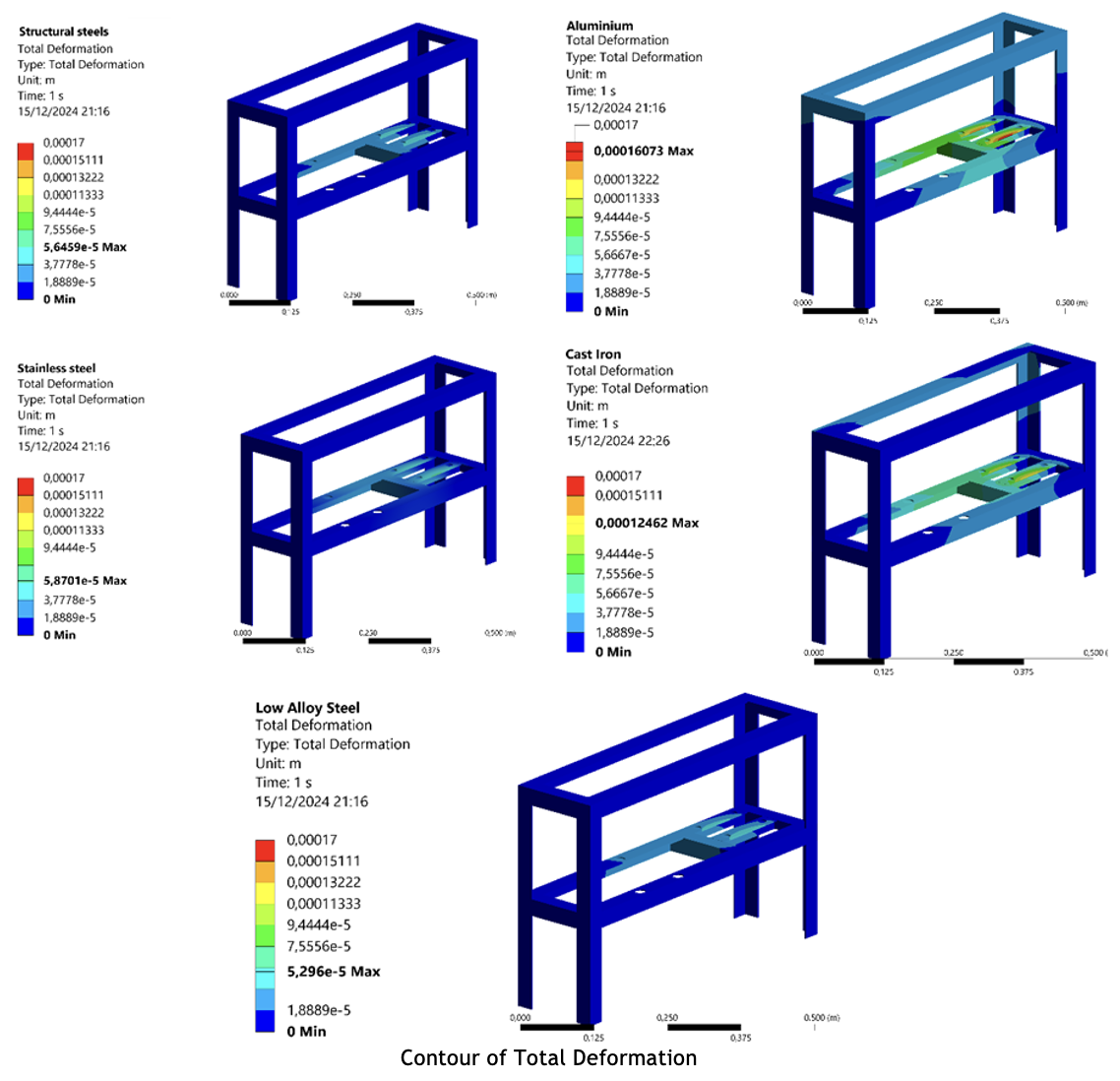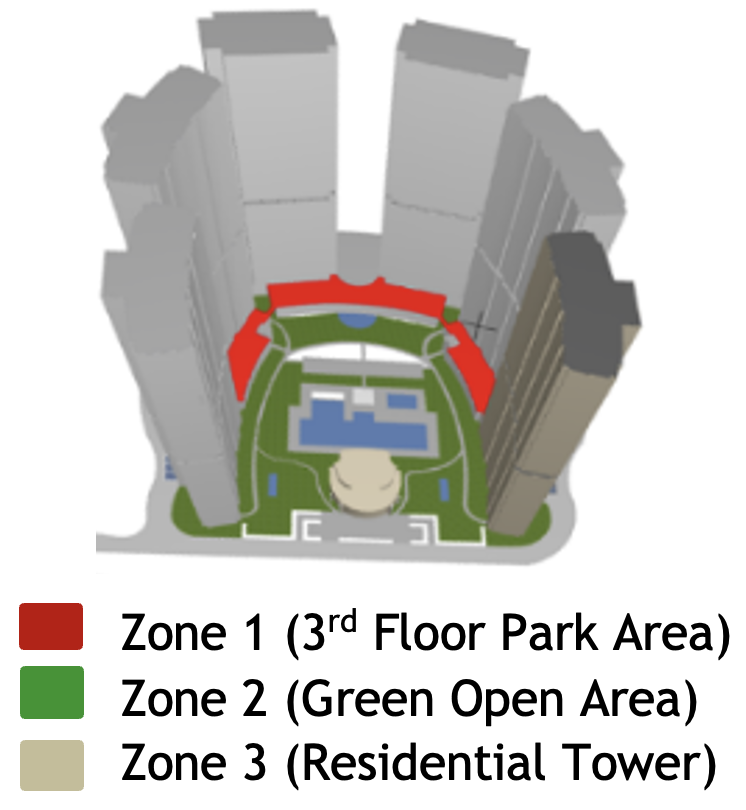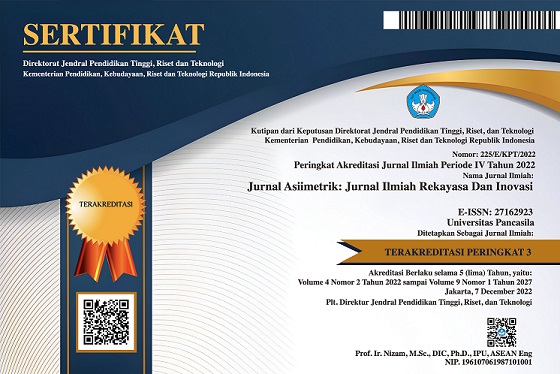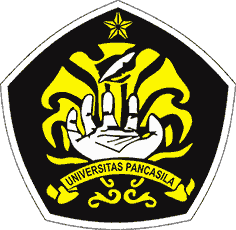| ACCREDITATION CERTIFICATE |
|---|
| MAIN MENU |
|---|
| Home |
| Focus and Scope |
| Editorial Team |
| Peer-Reviewers |
| Peer Review Process |
| Publications Ethics |
| Template |
| Submission |
| Copyright |
| Indexing |
| Journal History |
| Contact |
| ISSN |
|---|
| INFORMATION |
|---|
| For Readers |
| For Authors |
| For Librarians |
| TOOLS |
|---|
| SUPERVISED BY |
|---|
 |
| INDEXING |
|---|
 |
 |
 |
 |
 |
 |
 |
 |
 |
 |
 |
| VISITORS |
|---|
| OUR LOCATION |
|---|
| Geographical Diversity |
|---|
Author - List Details

